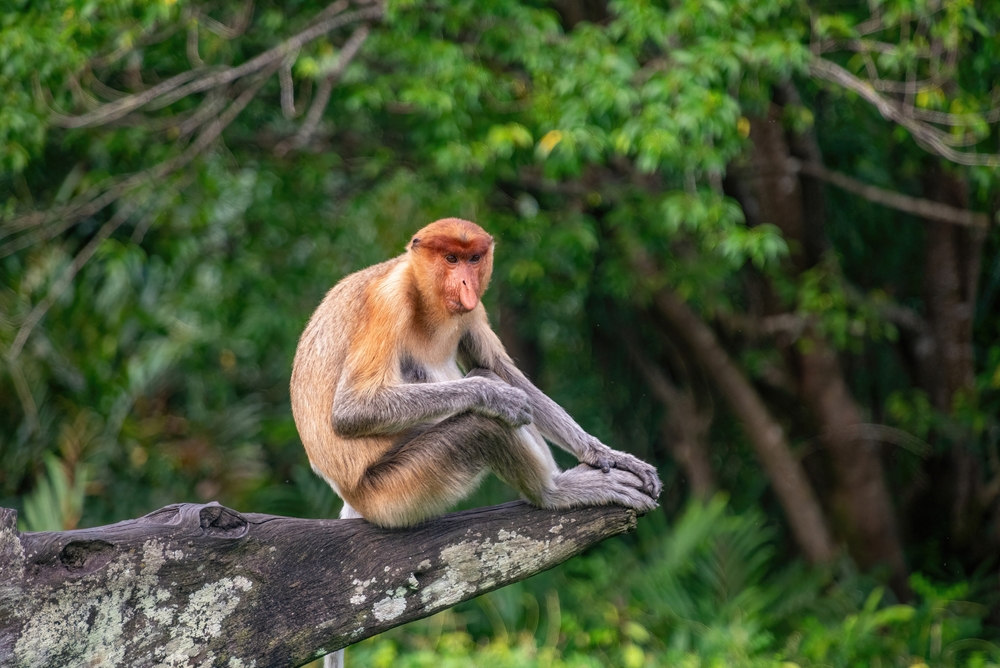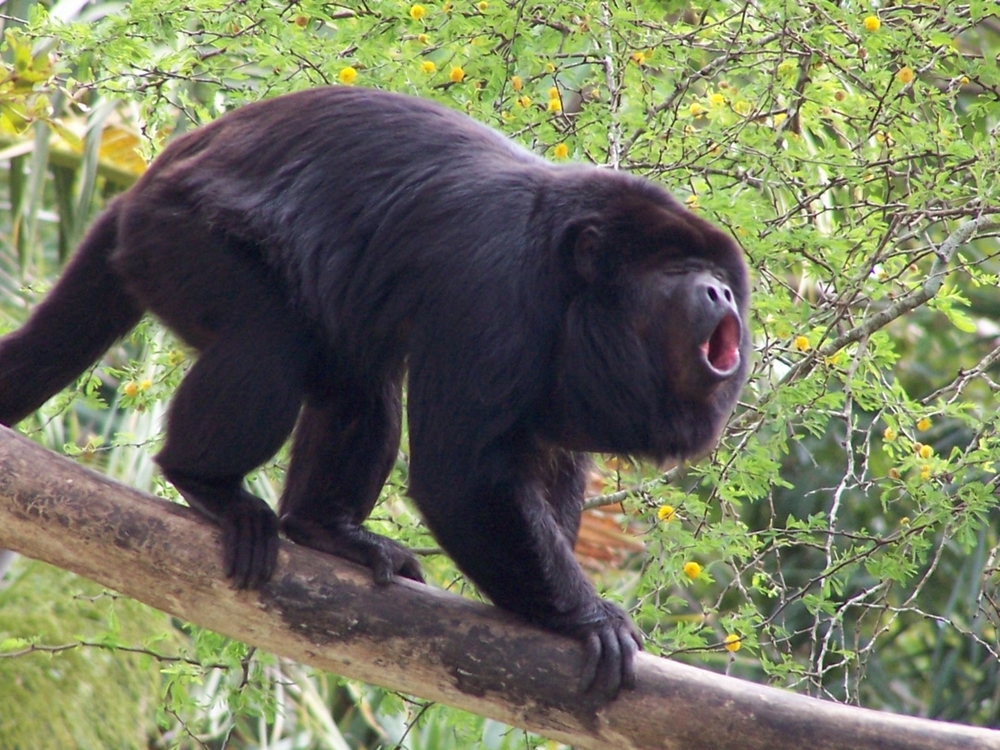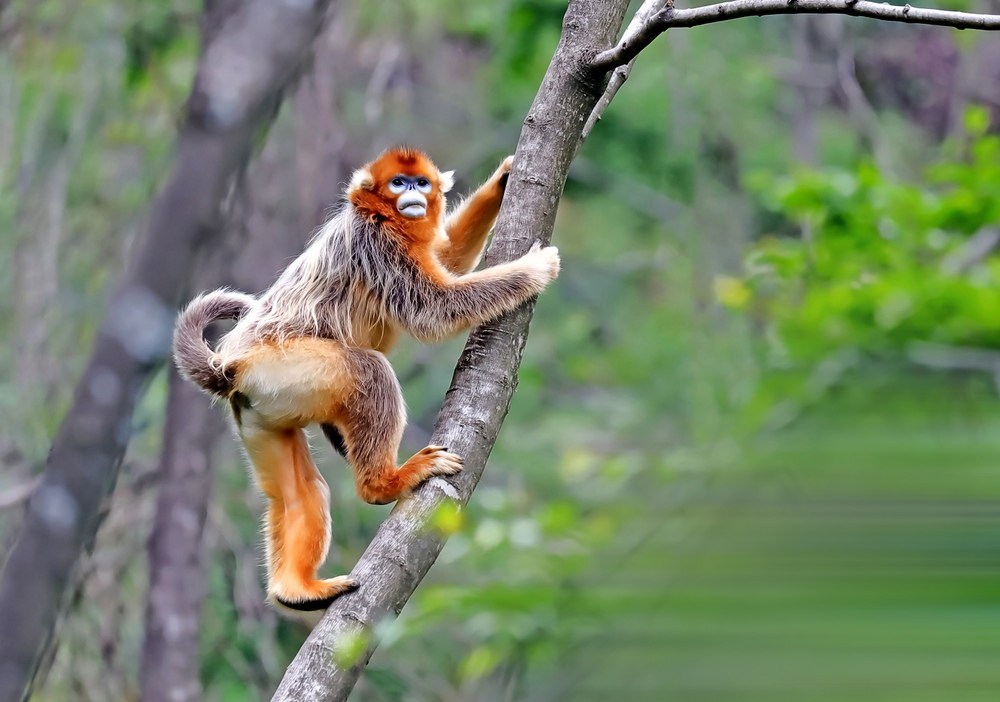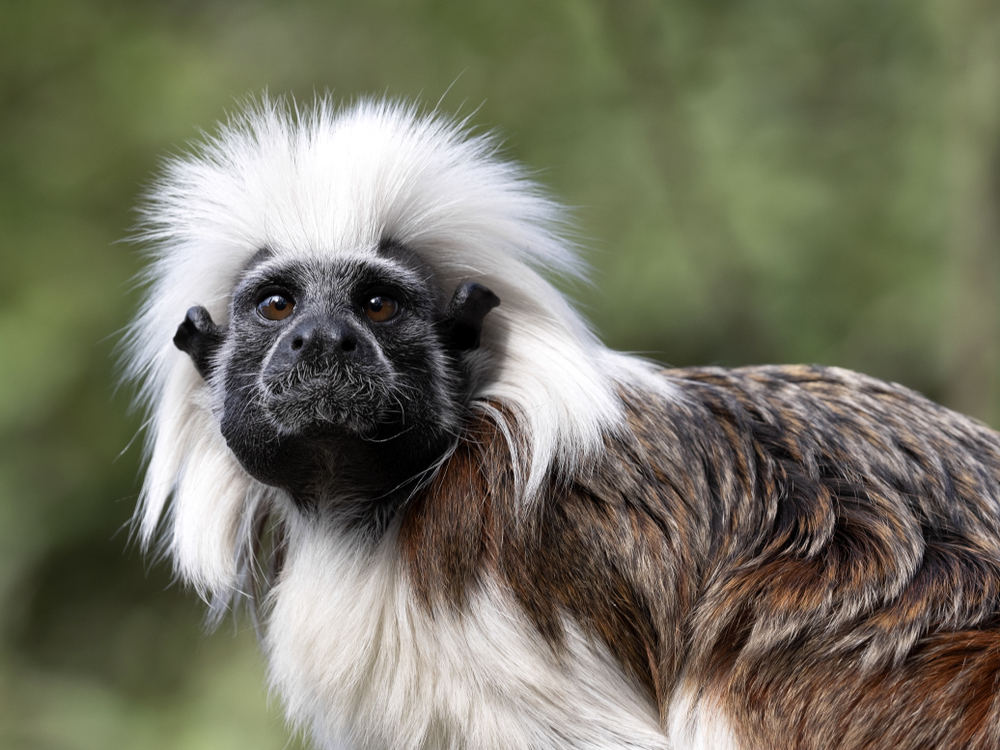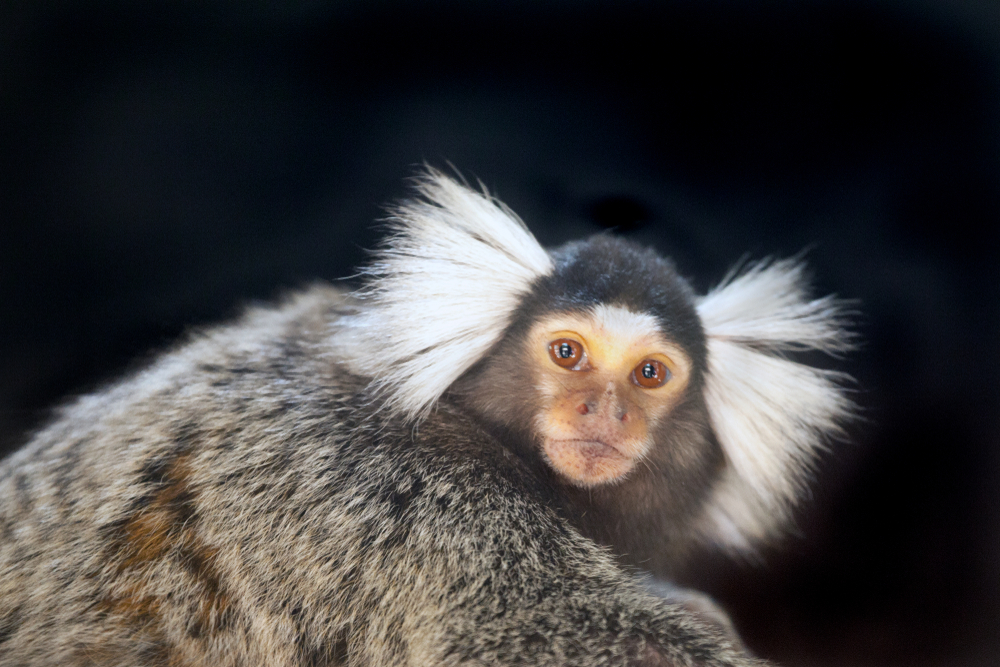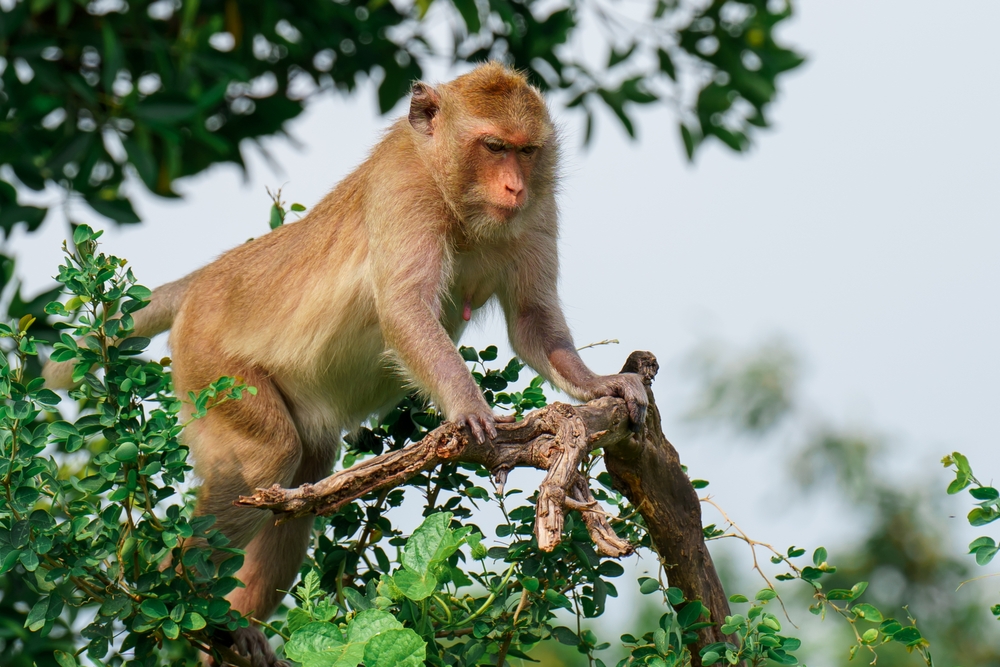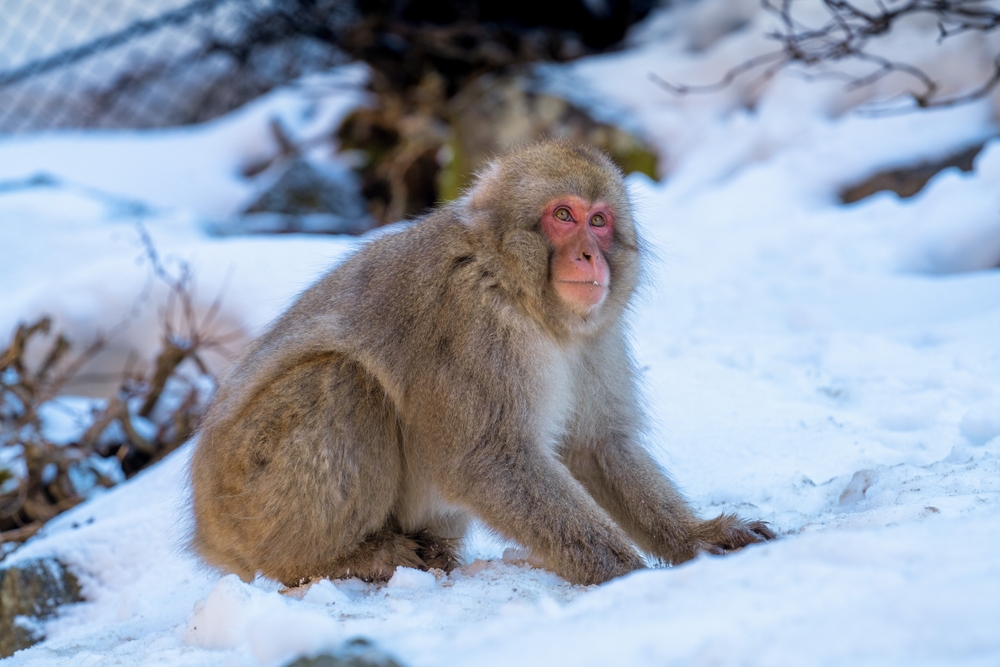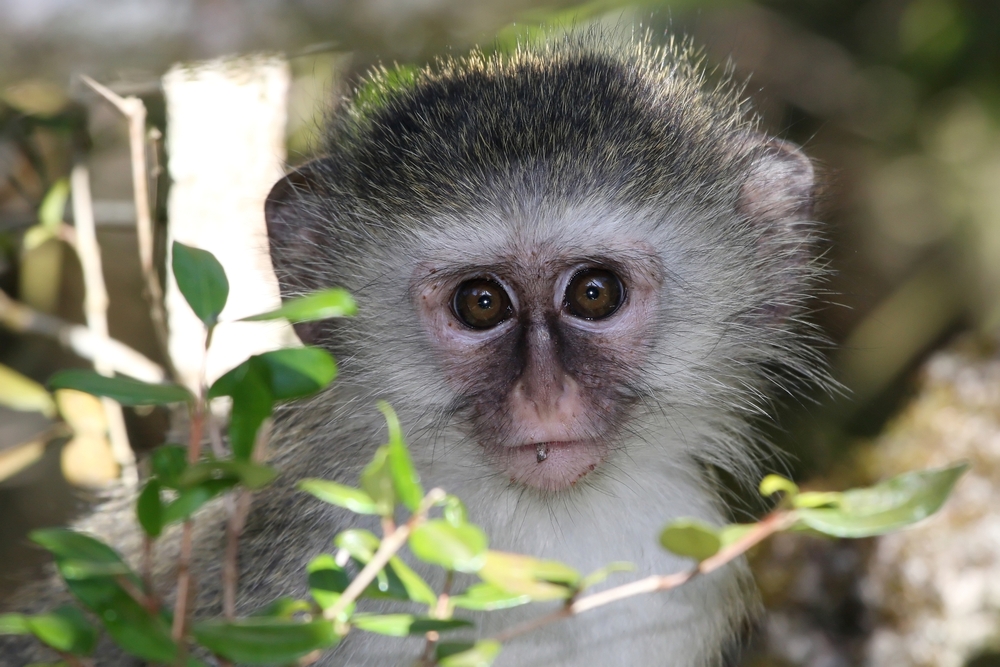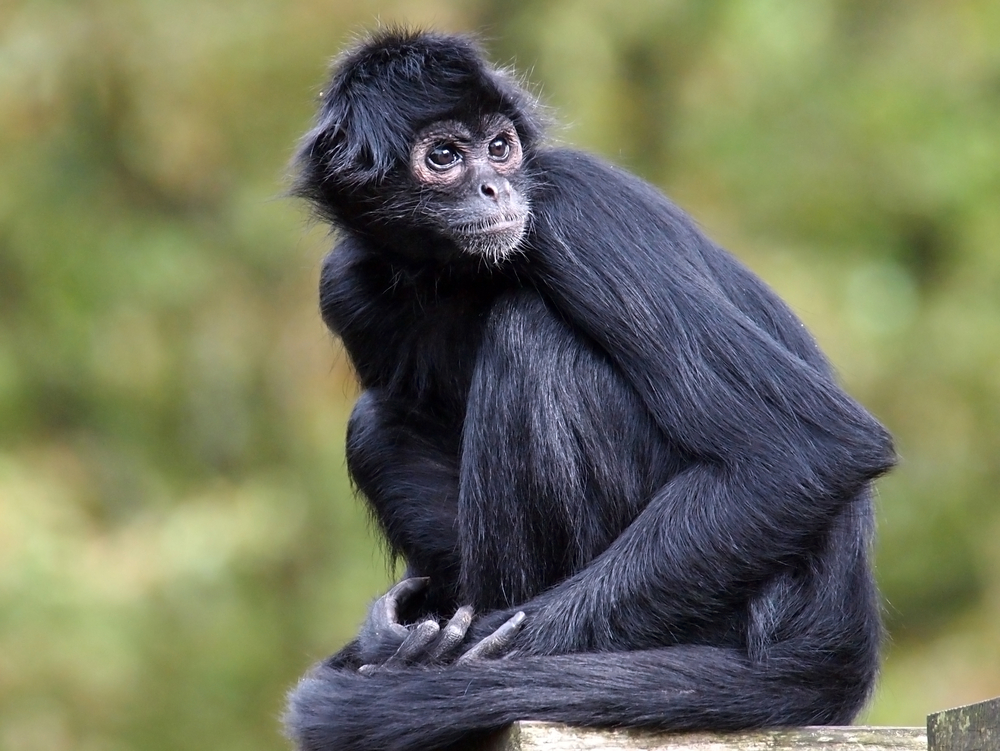About
#Mammals
The proboscis monkey (Nasalis larvatus) is a large, distinctive primate native to the island of Borneo in Southeast Asia. A member of the Cercopithecidae family, it is easily recognized by its most unusual feature: an oversized, pendulous nose in males, which can hang over the mouth and amplify vocalizations. This extraordinary nose, along with its pot-bellied appearance and long, powerful limbs, makes the proboscis monkey one of the most unique-looking primates in the world.
Adult males can weigh up to 24 kilograms (53 pounds), while females are significantly smaller, around 12 kilograms (26 pounds). Their fur is reddish-brown with grayish limbs and a pale underside. Both sexes have long tails nearly as long as their bodies, aiding in balance when leaping through the trees or swimming—something this monkey excels at. In fact, proboscis monkeys are among the most aquatic of all primates and are often seen diving into rivers to escape predators.
Proboscis monkeys live in coastal mangroves, riverine forests, and swampy lowlands, forming social groups that typically consist of one dominant male, several females, and their offspring. All-male bachelor groups are also common. Their diet consists mainly of leaves, seeds, and unripe fruit, which ferment in their complex, multi-chambered stomachs. This digestive process gives them their characteristic bloated belly.
Endemic to Borneo and classified as Endangered by the IUCN, the proboscis monkey is threatened by habitat loss from deforestation, palm oil plantations, and human encroachment. Conservation efforts aim to preserve remaining mangrove and riverine habitats to protect this iconic species.
Threatened:
Extinct
Critically Endangered
Endangered
Vulnerable
Near Threatened
Least Concern



































































